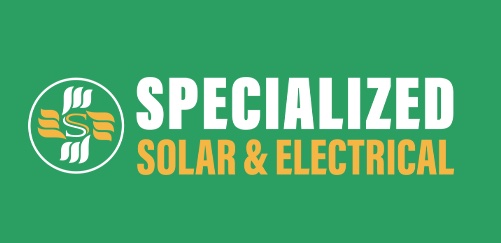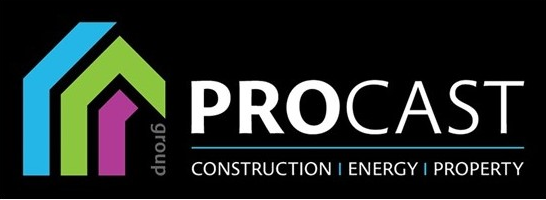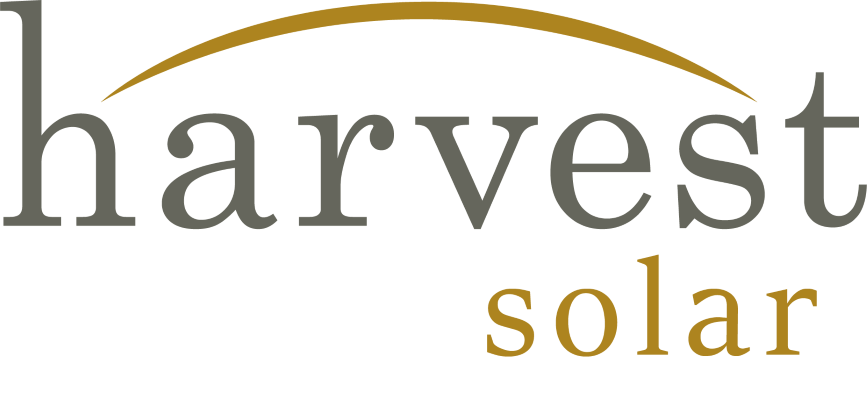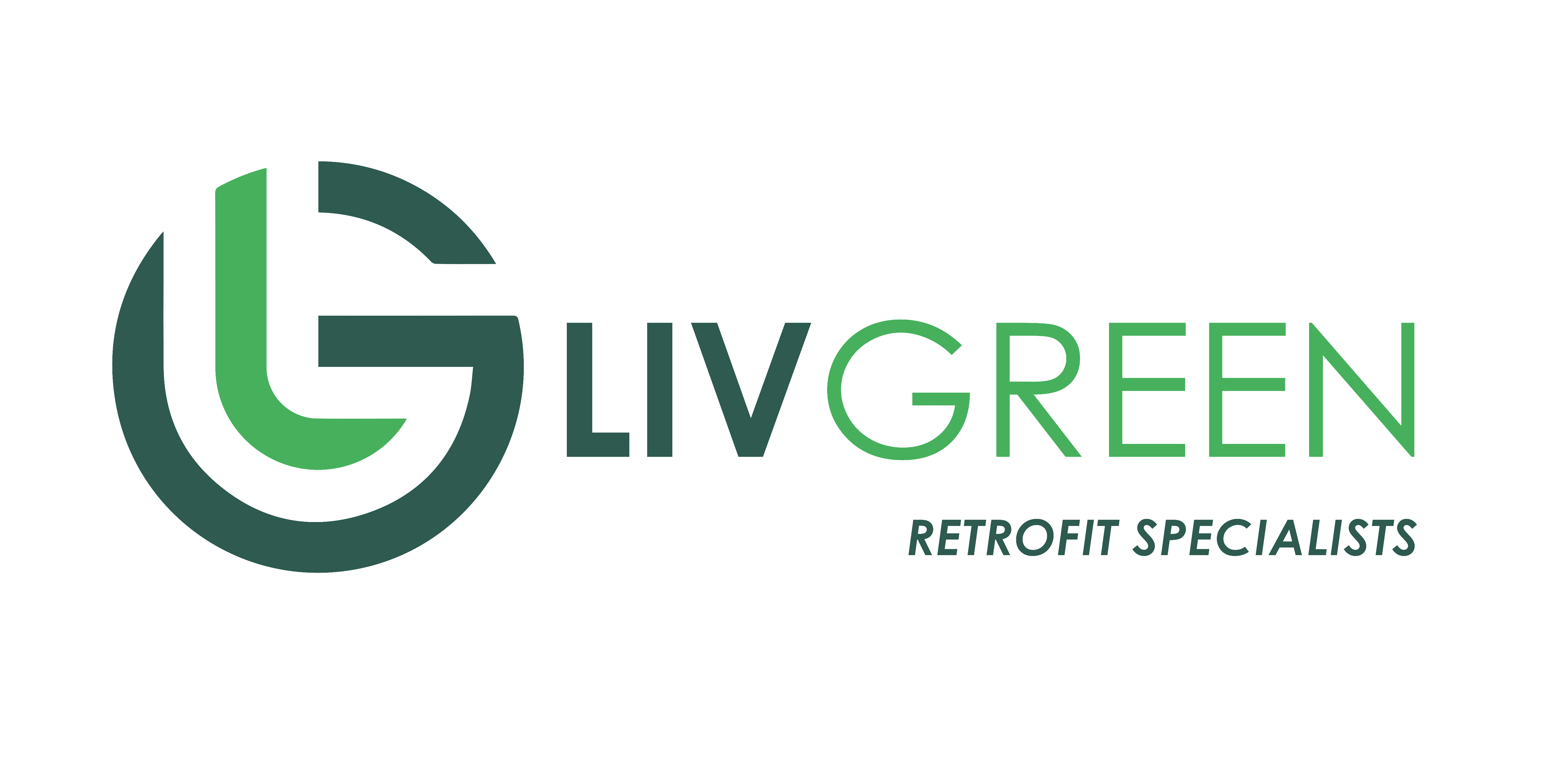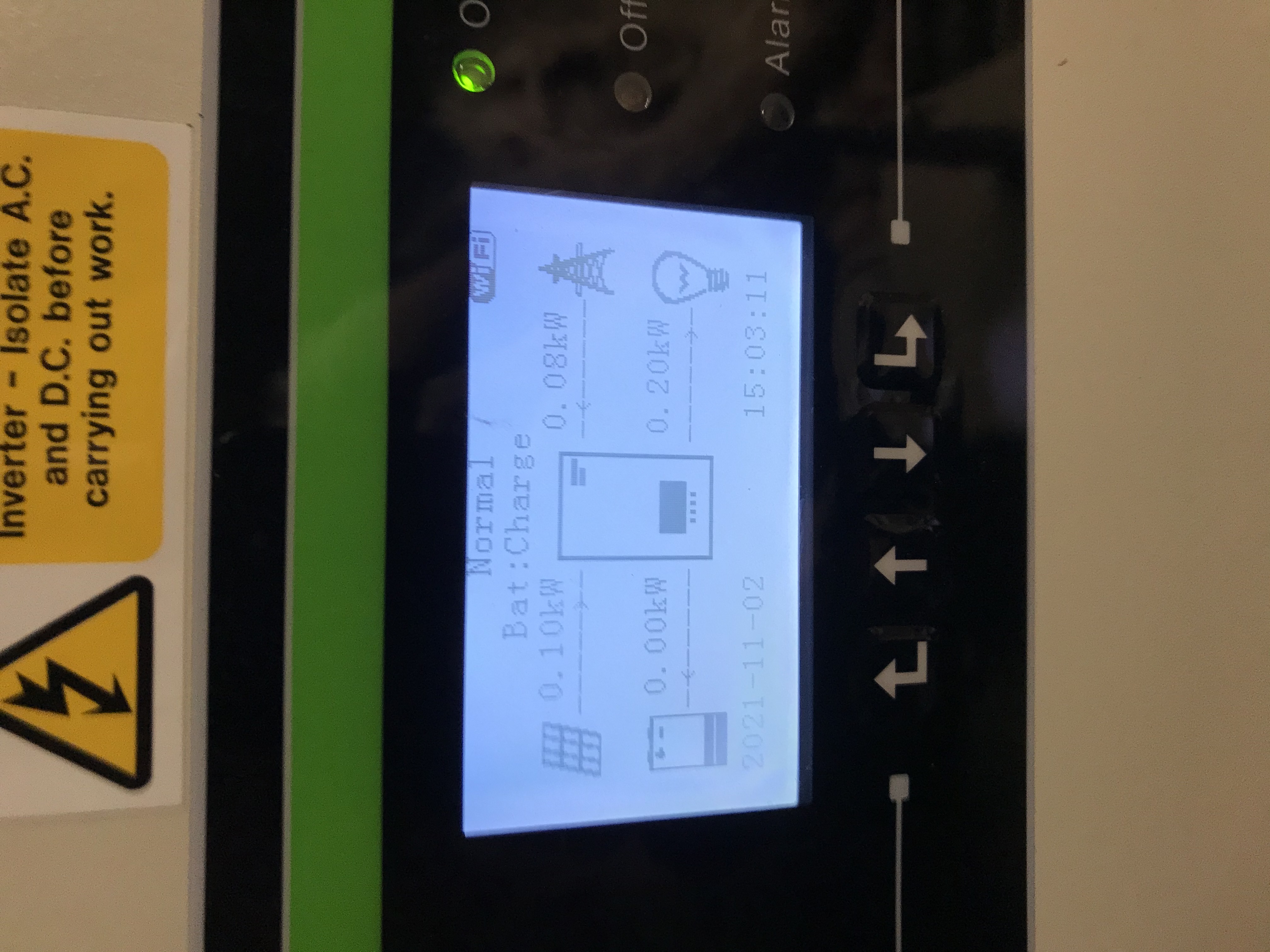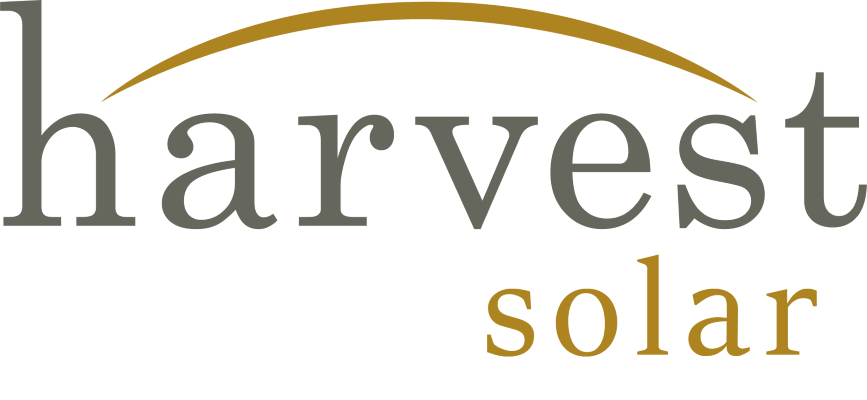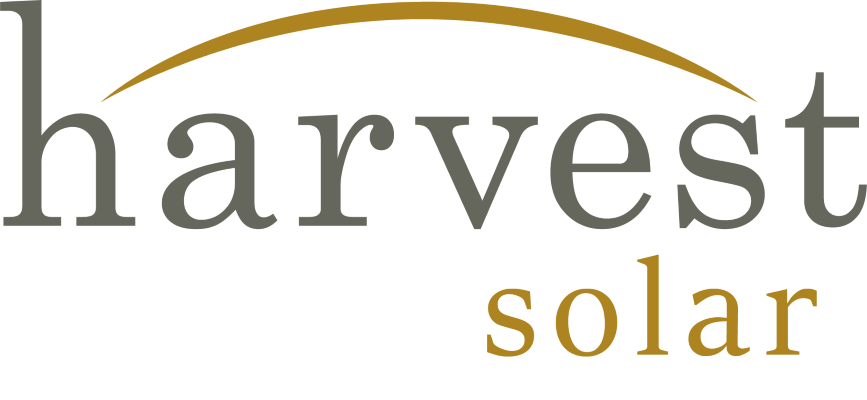Title Page
-
Simpro Job Order Number
-
Site conducted
-
Conducted on
-
Prepared by
-
Location
-
Staff
Solar Arrays and Battery Storage Systems
-
WORK ACTIVITY
-
SCOPE OF WORK COVERED BY THIS SAFE WORK METHOD STATEMENT
-
GENERAL INSTRUCTIONS FOR SAFE WORK METHOD STATEMENTS
-
A safe work method statement (SWMS) must be prepared for any and all high risk construction work to be undertaken prior to
the work commencing. All high risk construction work must be carried out in accordance with this SWMS.
This SWMS must be kept and be available for inspection until the high risk construction work to which this SWMS relates is completed. If
the SWMS is revised, all versions should be kept.
If a notifiable incident occurs in relation to the high risk construction work in this SWMS, the SWMS must be kept for at least 2 years from
the date of the notifiable incident.
The PCBU or employer must ensure, so far as is reasonably practicable, that the information, training and instruction is provided in a way
that is readily understandable by any person to whom it is provided. -
SITE SPECIFIC CONSIDERATIONS
-
NOTE: This is a generic SWMS. A generic SWMS may be prepared and used for high risk construction work activities that are carried out on a regular basis; however, the generic SWMS must be reviewed by the person carrying out the work to take into account the hazards and risks for the specific workplace and amend the SWMS as necessary for the site where the work is to be carried out, and complete details such as names and qualifications of workers who will carry out the work. All amendments to the SWMS must conform to regulatory requirements and be recorded on the SWMS. Workers and their health and safety representatives (if any) should be consulted before the generic SWMS is first made available to them and all workers instructed in the SWMS by site-specific inductions or toolbox talks. Details of consultation with workers and instruction in the SWMS must be recorded on the SWMS for that project or site. All workers are required to sign-off on the SWMS before the work is commence
SAFE WORK METHOD STATEMENT
WHAT MEASURES ARE IN PLACE TO ENSURE COMPLIANCE WITH THIS SWMS?
-
Supervision
-
Inspections
-
Site audit
PERSON RESPONSIBLE FOR MONITORING COMPLIANCE WITH THIS SWMS
-
Name
-
Date Received
HOW WILL SWMS CONTROL MEASURES BE REVIEWED?
-
Compliance with regulations & CoPs?
-
Fit for purpose & adequate for task?
PERSON RESPONSIBLE FOR REVIEW OF SWMS CONTROL MEASURES
-
Name
-
Date Received
HOW WILL CHANGES TO THIS SWMS BE MADE?
-
JSA (on site – approval required)
-
Revision (revised SWMS re-issued
HOW WILL CHANGES TO THIS SWMS BE COMMUNICATED TO WORKERS?
-
SWMS induction
-
Pre-start meeting
-
Toolbox talk
HIGH RISK CONSTRUCTION WORK ACTIVITIES
HIGH RISK CONSTRUCTION WORK ACTIVITIES
-
(CHECK ANY THAT ARE APPLICABLE TO WORK COVERED BY THIS SWMS)
-
A risk of a person falling more than 2 metres (or 3 metres in SA)
-
Work in or near a shaft or trench with an excavated depth over 1.5m; or in a tunnel
-
Temporary load-bearing support structures
-
Work on or near pressurised gas distribution mains or piping and/or Work on or near chemical, fuel or refrigerant lines
-
Work in an area at a workplace in which there is any movement of powered mobile plant
-
The disturbance of or likely disturbance of asbestos
-
Tilt-up or precast concrete
-
Work on, under or near water or other liquid that involves a risk of drowning
-
Work on or near energised electrical installations or services
-
Work on, in or adjacent to a road, railway, shipping lane or other traffic corridor used by traffic other than pedestrians Diving work
-
Work carried out in or near a confined space
-
Work on, under or near water or other liquid that involves a risk of drowning
-
Demolition of a load-bearing structure
-
Work on a telecommunications tower
Sign Off Page
-
Signature
-
Date
